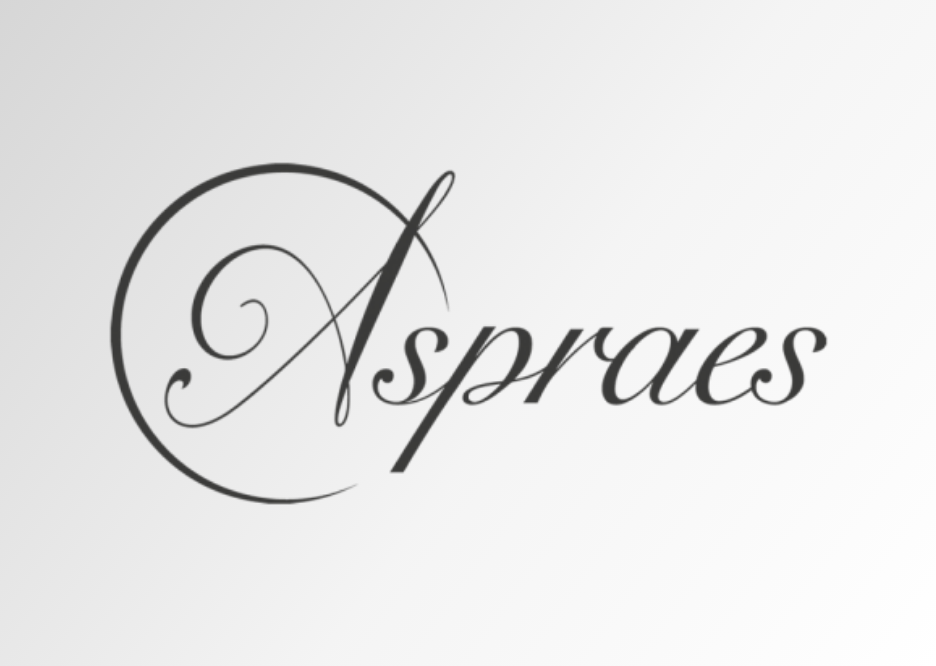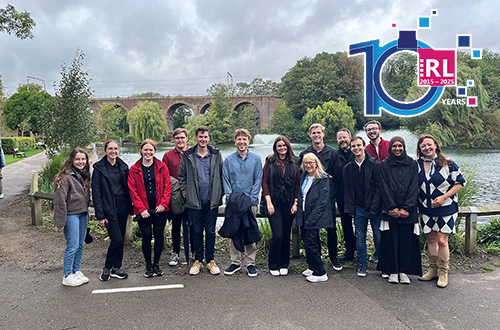In this series of blogs, I will aim to provide greater clarity around some key areas where differences in the expectations of auditors and businesses commonly arise.
Introduction
Whilst I am writing these blogs, my mind is constantly drawn back to the start of my accountancy studies, specifically to the concept of the ‘Expectations Gap’ and so much so that it is on this that I have based the name of this series of blogs. I think that it is fair to say that while professional accountants understand the expectations gap, most would agree that more could and should be done to help our clients, Directors of businesses and others who rely on accounts to help them understand exactly what this is as much as feasibly possible.
In this series of blogs, I will aim to provide greater clarity around some key areas where differences in the expectations of auditors and businesses commonly arise, with a hope that this will help address some common issues prior to them arising and hopefully lead to some potentially significant questions which can form a starting point for further conversations.
Part 2: The Limitations of Statutory audits
There is an assumption by some that if a company has undertaken the process of having a statutory audit and publishes a clean audit report at Companies House that this means the accounts are completely correct and business systems do not contain any weaknesses.
While a clean report does indicate that the accounts are free from significant errors, there are various areas which are not covered by audits because they are either not material to the accounts overall (a concept discussed later in this series), or they do not form part of a system which has a material contribution to the figures. It is important for management to be aware of this fact and to take this into consideration so that they do not fall into the trap of relying on the statutory audit to cover areas which are not actually included in the scope of the audit itself.
There are some key areas which management may consider to have a level of risk which are not covered in detail by a statutory audit and it is important for management to identify these areas and to discuss them with their auditors to understand if they are covered to a satisfactory degree.
A basic example of this could be the humble petty cash tin, which in most businesses will generally not have a significant value or number of transactions going through it in a year, but is in reality quite an easy area for small errors to arise or weaknesses in systems to exist, which could at worst lead to misappropriation of cash. From the perspective of the year-end audit, petty cash may have an immaterial input into the accounts figures and may therefore only warrant a quick review of the records to check for unusual transactions. It is then down to the Directors to decide if this is sufficient to address the level of risk they have assessed the area to pose, or if they believe more work is required either internally by the business itself, or to discuss with the auditors what additional assurance they may be able to provide.
There are some other areas which may come as more of a surprise such as payroll and VAT systems. These will usually be covered by statutory audit work to a degree, however the extent of this work will focus on ensuring the figures produced by these systems that form part of the year-end accounts are not materially misstated. The audit work will usually not cover every transaction but rather a sample, and will not necessarily include a detailed consideration of laws and regulations, such as VAT rates and employment terms, which can be extensive and complex in these areas. It is therefore again important for Directors to consider in what specific areas risk may exist and to ensure where they are relying on the statutory audit that it is actually providing the assurance they need, or to agree further work in addition to this. There are some limitations imposed on what additional work statutory auditors are able to provide for ethical reasons and internal audit work cannot be done, however as auditors will already have a good knowledge of the business it is always worth discussing concerns with them to see if any options are available, some of which are discussed later in this series.
In summary
As is the case for all areas of a business the Directors are ultimately responsible for ensuring that risk is assessed and appropriately managed. In order to do this well, management need to ensure they have an understanding of what areas are and aren’t covered and what level of assurance the statutory audit provides. The best way to achieve this is to ensure that auditors are made aware of the businesses own risk assessment, or at least those areas that are considered to have risk, and to engage them in how the business plans to mitigate these where reliance is being placed on the year-end audit to ensure that the assurance the business is relying on is actually being provided.
If you have any questions concerning the above, or anything relating to auditing, please get in touch with your usual Rickard Luckin contact or speak to Shaun Labbett directly at shaun.labbett@rickardluckin.co.uk
Parts in this series
- Part 1: “I thought you were doing that” – A consideration of the responsibilities of both parties and importance of communication.
- Part 2: The Limitations of Statutory Audits – Highlighting the limitations of statutory audits and some areas that may not be covered by them.
Still to come
- Part 3: One Size Doesn’t Fit All – A look at alternatives to statutory audit and when they may be of use to both businesses subject and not subject to audit.
- Part 4: A Risky Business – A review of the importance of identifying and mitigating business risks and how these can link with audit risks.
- Part 5: Materiality – An explanation of the principal of materiality, how this is calculated and why it may differ from management’s expectation.
- Part 6: Watchdogs or Bloodhounds – A discussion on the role auditors play in identifying criminal activity, fraud and deliberate errors.
If you have any questions about the above, or would like more information specific to your circumstances, please enter your email address below and we will get in touch:
Related View All













